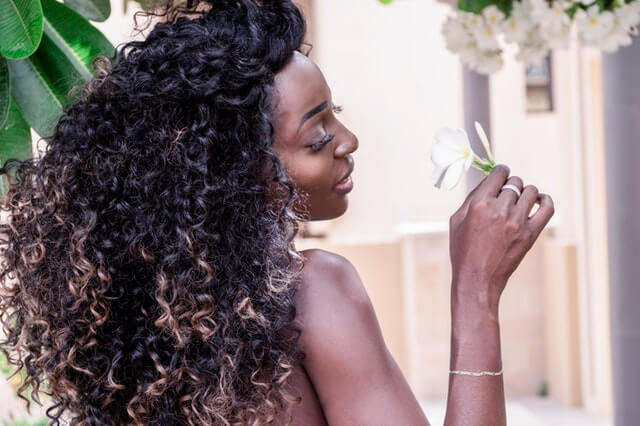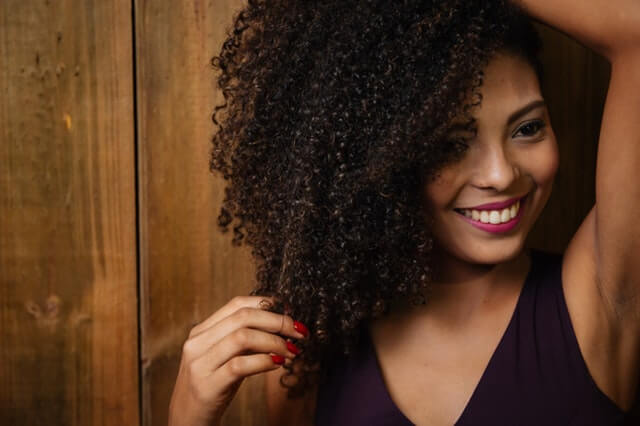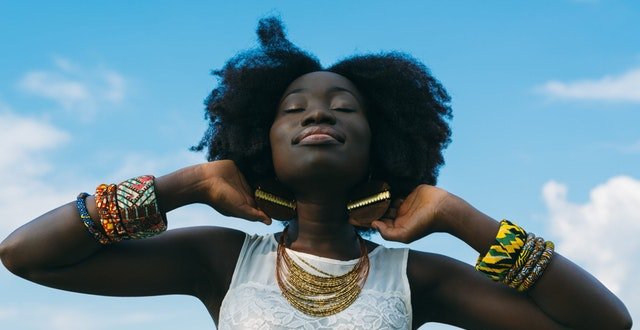As anyone who has stressed over their hair can tell you, proper upkeep tends to be a seasonal thing.
There are different effective methods to maximize the look and health of your hair in summer, spring, fall, and winter.
Of course, there are also standard techniques that you can use year-round because they are good in any season.
For starters, proper hydration is an absolutely essential aspect of good hair care at any time; in fact, it becomes more imperative as the colder months roll in or if you decide to travel over the holidays.
The physical reason for this is the diminished overall hair quality (humidity, etc) that comes with winter; at least, insofar as your hair is concerned.
With this in mind, we go over some of the hair care tips that are guaranteed to preserve your coils in the colder seasons.
Reduce Shampooing and Use Conditioner

This process is involved in co-washing; in the wintertime (and mid-fall), you should do it more.
During the other seasons, it might be normal for you to shampoo your hair semi-regularly; but in the cold months, it’s better to scale back shampooing because of its tendency to deprive the hair of moisture after it dries.
By using a conditioner along with the shampoo production the winter, you give your hair the moisture that it’s missing from the relative lack of atmospheric humidity.
In short, in the winter and colder part of the fall, use shampoo sparingly -when your hair needs clarification, for example.
Then, co-wash it with conditioner to add the much needed moisture that preserves the strength of the hair strands.
Condition Deeply
As alluded to above, winter can be very bad for your hair – but these tips are precisely to help you not only stave off any potential damage but to actually help your hair thrive during the next 3-4 months.
The potential damage from the cold and lack of humidity can seep down to skin level, which means that your hair follicles would be similarly affected.
There isn’t even any respite when you go indoors since the air is dry there, too.
The solution to all of this is to simply condition more deeply than you’re used to – which means really rub it into your scalp, and let it sit for a few minutes longer.
When chopping for the right brand, go for ones with natural butters and oil instead of damaging artificial elements like glycerin.
Style Your Hair With an Eye Towards Protecting It

The point here is simple: opt for a hairstyle that prioritizes protection over appearance; while of course championing both.
This is especially important if you lack the necessary time for consistent co-washing (as outlined above), or don’t happen to have both shampoo and conditioner on hand.
Even if you have all the materials, it can take longer than seems reasonable to indulge the sometimes necessary intense conditioning required to create the beneficial moisture-seal that protects hair in cold weather that lacks humidity.
As for the hairstyles themselves, think braids, twists, top-knots and buns – it’s quite possible to look sexy, elegant, chic or relaxed with a well-done protective do.
Oil Works Wonders as a Sealant
If you’ve never heard of “leave-in-conditioner”, here is the skinny: it’s abbreviated as the LOC method, and it shows resounding results for keeping hair healthy and moisturized during the frigid months when the air isn’t carrying much water.
Specifically, the acronym LOC stands for “leave in conditioner, oil and cream.”
After you do a deep-conditioner routine, then you use coconut oil, jojoba oil or olive oil to extend the length of time you keep the natural moisture of your hair sealed in.
The oil acts as a protective layer between the elements and your scalp environment; you can see the same thing when you mix oil and water together – they separate and form mutual barriers.
Avoid Caps and Hats

When we say avoid, we mean you should limit wearing the above.
Sometimes, it may be essential to an outfit or function; but in general, you want to keep your favorite winter knit-hats off your hair do during this season because they liberate moisture from your hair.
When your hair loses moisture, it is much more prone to breakage.
This advice is mostly for during the daytime, and for hats that are made of a moisture-removing material like wool.
If you insist on wearing one, then put a silk scarf underneath as a barrier to your hair and the cap.

Best of luck keeping your hair fresh and healthy with these tips until spring returns!
 All The Frugal Ladies Personal finance with a feminine touch
All The Frugal Ladies Personal finance with a feminine touch








